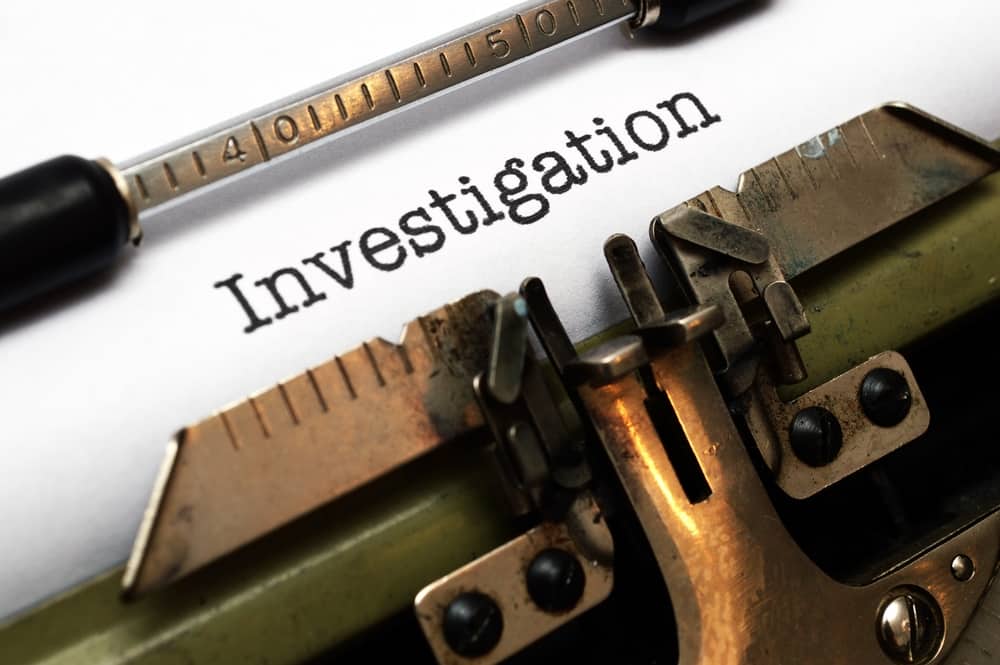While just one suspicious happening isn't enough to suspect fraud, according to Arthur J. Gallagher Risk Management Services, Inc., it is helpful to know the red flags that tend to be present on fraudulent claims. Six Red Flags to Suspect Fraud If you see three or four of the following, be wary: 1. Disgruntled employees: lay-offs, demotions, firings. HR should make them feel included. Forty to 50 percent of workers file workers' compensation claims are filed within six months of termination during layoffs. 2. Injured employees who are hard to contact while they are off work. 3. New employees are statistically more likely to commit fraud. 4. Workers' compensation claims with no witnesses. 5. Accidents on Fridays or Mondays (depending on your company's workweek, look for events at the end or beginning of the week.) 6. Your company is about to announce layoffs or the union has an announced strike coming up. Or, if your business is outdoors and the weather is about to turn cold – examine claims during these times more closely. Thirteen ways to verify accident accounts: 1. Ensure employees that reporting fraud will be kept in confidence. 2. Look to YouTube for videos that show methods of fraud. 3. Pay attention to witnesses in liability claims without specific identities. Your witness could be well-known to the claimant or staged to be interviewed. 4. Cross-tracing witness addresses and interviewing witnesses can help verify claims and see when you need to call in assistance. 5. Look for multiple aliases, addresses and association memberships within the claimants and witnesses. 6. Using neural nets you can see where witnesses and claimants addresses line up. 7. Hire a consultant when you need help investigating a claim. 8. Take photos and collect specimens at the site of the accident. For example, if there is a chemical spill that results in burns, collect some of the chemical to verify the claim. 9. Documentation and responsiveness is key – for example, surveillance tapes can be destroyed if you don't get to them soon enough. 10. Check motor vehicle records – do other crimes indicate the client could have had an alcohol problem which could have affected the incident, for example. 11. Digital video records must be brought into evidence and maintained in a chain of custody. 12. Use internet investigations on the claimants, for example, check status updates on Facebook to see if the person is truly injured. (workersxzcompxzkit) 13. Use private investigators to do surveillance when necessary. Material from Arthur J. Gallagher Risk Management Services podcast. Narrated by Anthony Van Gorp, private investigator, Investigative Solutions and Consulting, Inc. To Download FREE Podcast, "How to Prevent Fraud," click here: http://www.workerscompkit.com/gallagher/mp3
©2009 Amaxx Risk Solutions, Inc. All rights reserved under International Copyright Law. If you would like permission to reprint this material, contact Info@WorkersCompKit.com













